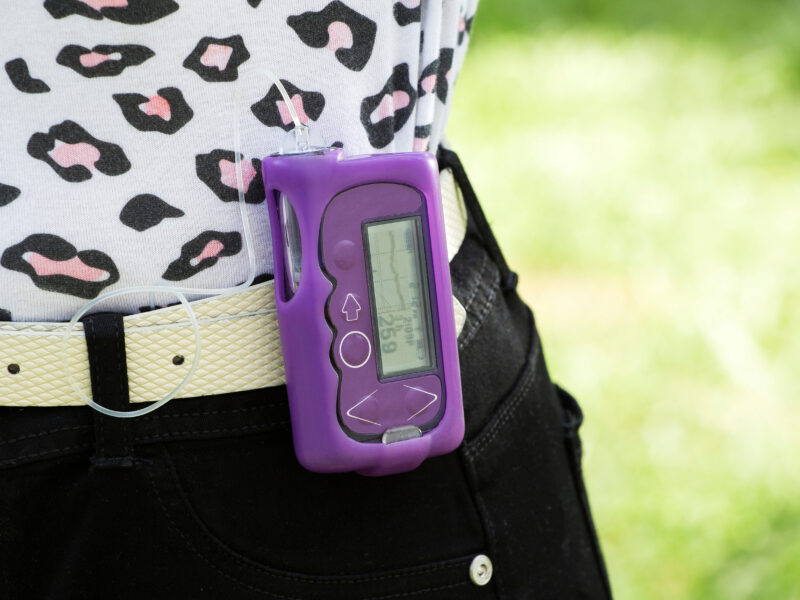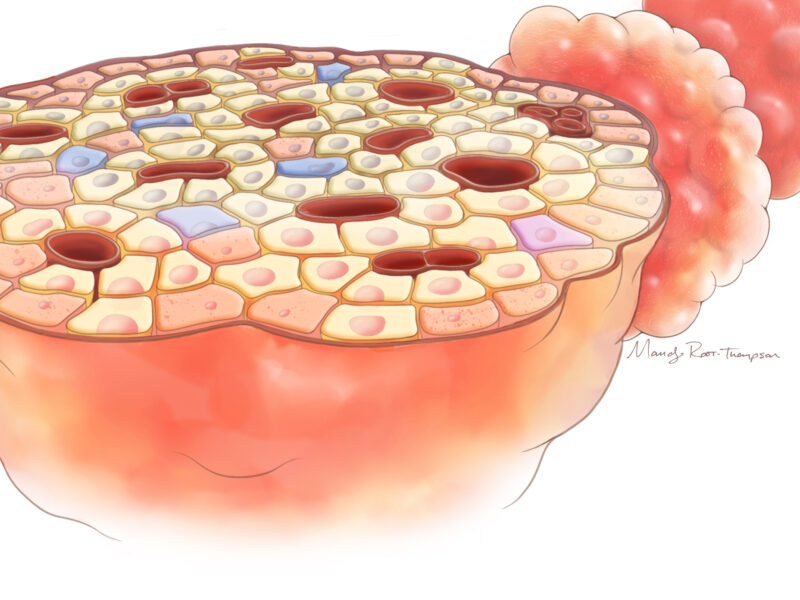It’s Not All About Weight: Treating and Managing Obesity in Pediatric Patients
It’s Not All About Weight: Treating and Managing Obesity in Pediatric Patients https://pediatricsnationwide.org/wp-content/themes/corpus/images/empty/thumbnail.jpg 150 150 Abbie Miller Abbie Miller https://pediatricsnationwide.org/wp-content/uploads/2023/05/051023BT016-Abbie-Crop.jpg- November 06, 2019
- Abbie Miller
Study highlights different metrics for measuring success of a weight management program for pediatrics.
For pediatric patients who have severe obesity that is not well managed with the routine standard of care – diet, exercise and a meeting with a dietician – a more structured, multidisciplinary approach may be warranted. And for patients with endocrine or genetic causes of obesity, a multidisciplinary approach is essential.
In a recent publication, Leena Mamilly, MD, pediatric endocrinologist in the Section of Endocrinology at Nationwide Children’s Hospital, explores the role of endocrinology and evaluates common metrics of success for a multidisciplinary weight management program. The study, published in Endocrine, was conducted during Dr. Mamilly’s fellowship at Jacob School of Medicine and Biomedical Sciences at the University at Buffalo, State University of New York and John R. Oishei Children’s Hospital, Buffalo, New York, under the leadership of Indrajit Majumdar, MD, pediatric endocrinologist, clinical associate professor at Jacobs School of Medicine and Biosciences and first author on the publication.
“For children who are still growing, “weight loss” might not be the main goal. Weight is a moving target when children are growing,” says Dr. Mamilly. “We want to look for a decrease in body mass index – BMI – and improvements of metabolic markers as the child’s height catches up to their weight.”
When children participate in a multidisciplinary program, the study showed a better improvement in BMI compared to management via primary care alone.
Other important measurements for monitoring health and weight improvements in a pediatric patient include fat and muscle mass percentages.
“Different body compositions have different metabolic risks,” explains Dr. Mamilly. “And measuring body mass percentages gives more significance to exercise. Furthermore, our study showed that changes in body mass percentage correlated to improvements in metabolic markers.”
The researchers in the study used bio-impedance to measure body mass percentages. According to Dr. Mamilly, the method is respected, noninvasive and involves no radiation exposure. And it is less expensive and more accessible than other methods of measuring body mass percent, such as X-ray and computerized tomography (CT) scans.
Despite the documented successes in the program studied and the validation of the measurements used, attrition was high during the study. This is common problem in similar weight management programs.
“Now that we know that multidisciplinary approaches work and we have some good tools with which to measure progress, we need to work on keeping patients involved in the programs and studies,” says Dr. Mamilly. “Children don’t just quit coming to the research appointments, they stop coming to the clinic in general. I think we can do better at incentivizing, educating and supporting patients and families to keep returning to the clinic.”
As she move forward in her new position at Nationwide Children’s, Dr. Mamilly is focused on type 2 diabetes mellitus and polycytic ovarian syndrome and expanding her research to include diabetic nephropathy.
Reference:
Majumdar I, Espino B, Bianco K, Epstein J, Mamilly L, Harmon CM. Multidisciplinary weight management compared to routine care in youth with obesity: what else should be monitored? Endocrine. 2019;65(2):263-269.
About the author
Abbie (Roth) Miller, MWC, is a passionate communicator of science. As the manager, medical and science content, at Nationwide Children’s Hospital, she shares stories about innovative research and discovery with audiences ranging from parents to preeminent researchers and leaders. Before coming to Nationwide Children’s, Abbie used her communication skills to engage audiences with a wide variety of science topics. She is a Medical Writer Certified®, credentialed by the American Medical Writers Association.
-
Abbie Millerhttps://pediatricsnationwide.org/author/abbie-miller/
-
Abbie Millerhttps://pediatricsnationwide.org/author/abbie-miller/
-
Abbie Millerhttps://pediatricsnationwide.org/author/abbie-miller/
-
Abbie Millerhttps://pediatricsnationwide.org/author/abbie-miller/
- Post Tags:
- Endocrinology
- Posted In:
- In Brief







